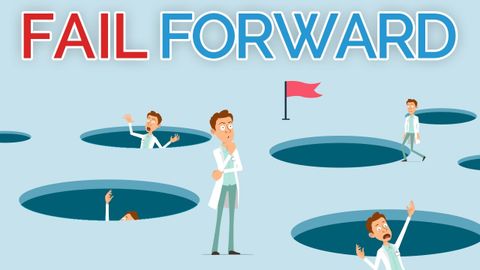為何人會失敗?該如何面對失敗? (Why You're Failing & What To Do About It)
Summer 發佈於 2022 年 12 月 18 日  沒有此條件下的單字
沒有此條件下的單字US /pɚˈsɛpʃən/
・
UK /pəˈsepʃn/
- n. (c./u.)知覺;感知;知覺;理解;看法;觀點;信念;洞察力
US /ˈmaɪndset/
・
UK /ˈmaɪndset/
US /ˈprɑsˌɛs, ˈproˌsɛs/
・
UK /prə'ses/
- v.t.用電腦處理(資料);(依照規定程序)處理;處理;流程;加工;理解
- n. (c./u.)(規定的)程序;過程;進程;方法;法律程序;進程
US /ˈdʒɛnjʊɪnlɪ/
・
UK /'dʒenjʊɪnlɪ/
